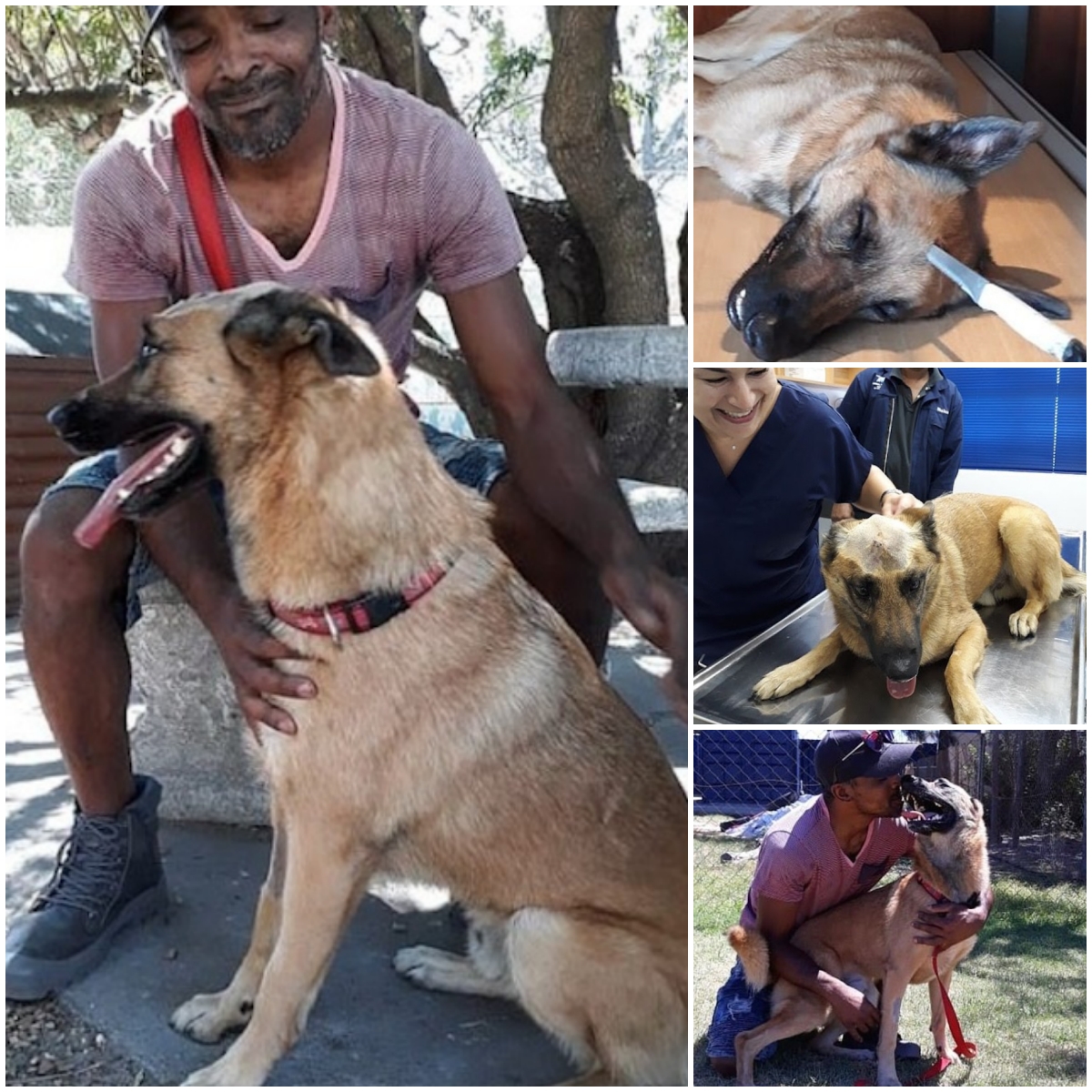Adoptable dogs in shelters often face a range of human biases during the adoption process. While some people seek purebreds or favor puppies over senior dogs, many tend to overlook black dogs in favor of lighter-colored dogs. This bias against black dogs is known as black dog syndrome, which is explained in Kayla Winrow’s TikTok video.
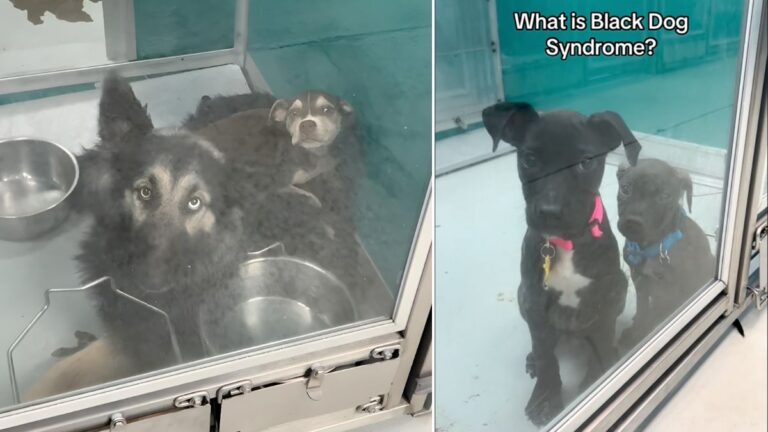
Winrow claims that the syndrome is a phenomenon in which black dogs are adopted less frequently than other dogs. The video highlights the shelter crisis that contributes to the low adoption rates of black dogs, leaving them with a higher risk of euthanasia in some shelters. (watch the video below)
@salvage.souls Comment a if you would adopt a black dog #rescue #shelter #foster #adopt #dogsoftiktok son original – Sp3ed._up._S0ng
Also Read:Are Black Dogs The Last to be Adopted from Shelters?
The touching TikTok video has garnered a lot of attention on the platform, reaching 17.3K likes. Winrow not only explains what is black dog syndrome but also lists some of the factors that contribute to the syndrome.
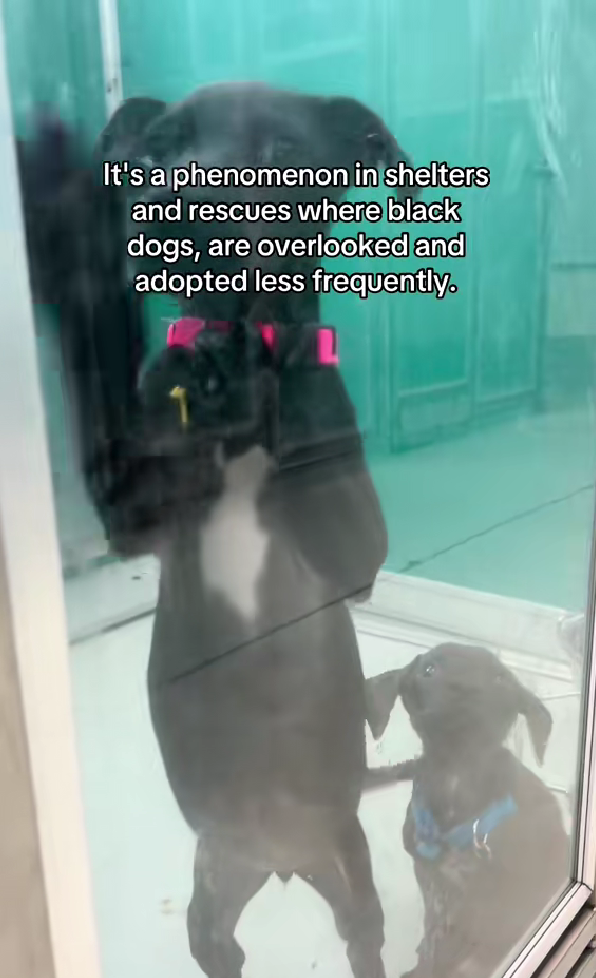
Here are the factors that she discusses in her video:
- Cultural Associations: Black cats have been associated with bad luck in many cultures across the world. This association may have passed on to black dogs as well.
- Adoption Profiles Not Attractive Enough: Oftentimes, it can be difficult to make out a black dog’s features in a photograph, which makes their adoption profiles online not eye-catching.
- Stereotyping in Media: In movies and media, black dogs have mostly been portrayed as guard dogs or aggressive dogs, putting them in a negative light.
In the end, Winlow gives the message that black dogs are capable of loving their humans as much as dogs of other colors.
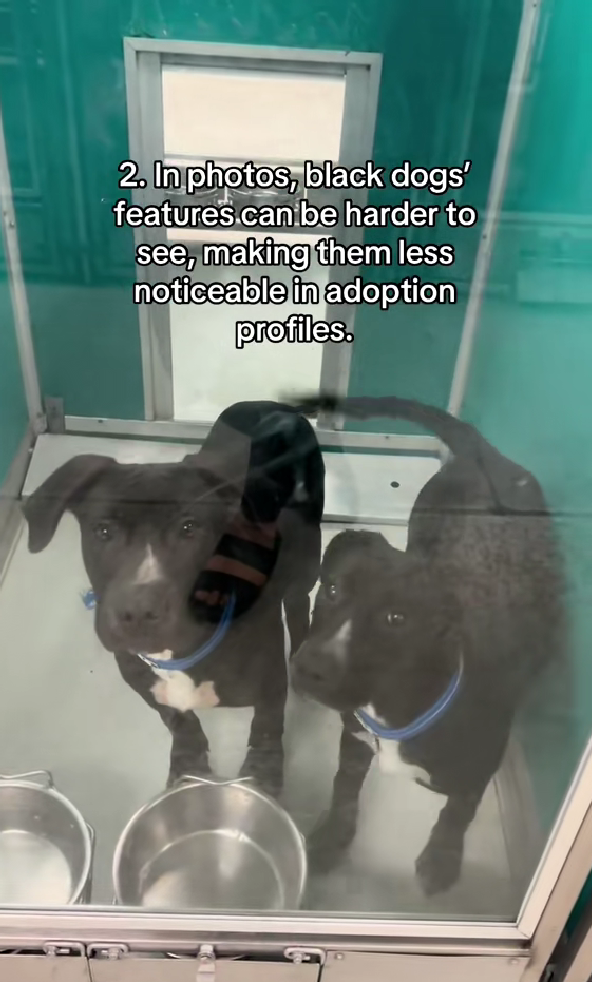
Essentially, Winlow tries to dispel the bias that people may intentionally or unintentionally hold against black dogs, making these innocent canines more vulnerable to euthanasia and less likely to find a forever home. Her aim is to provide people the encouragement for adopting a black dog.
Many people have come forward in support of black dogs, garnering more than a thousand comments. One user, @emgarcia713, wrote, “Praying all of these sweet babies find a forever home.” Another user, Skylar, commented, “I have 2 black dogs and couldn’t imagine my life without them shared”.
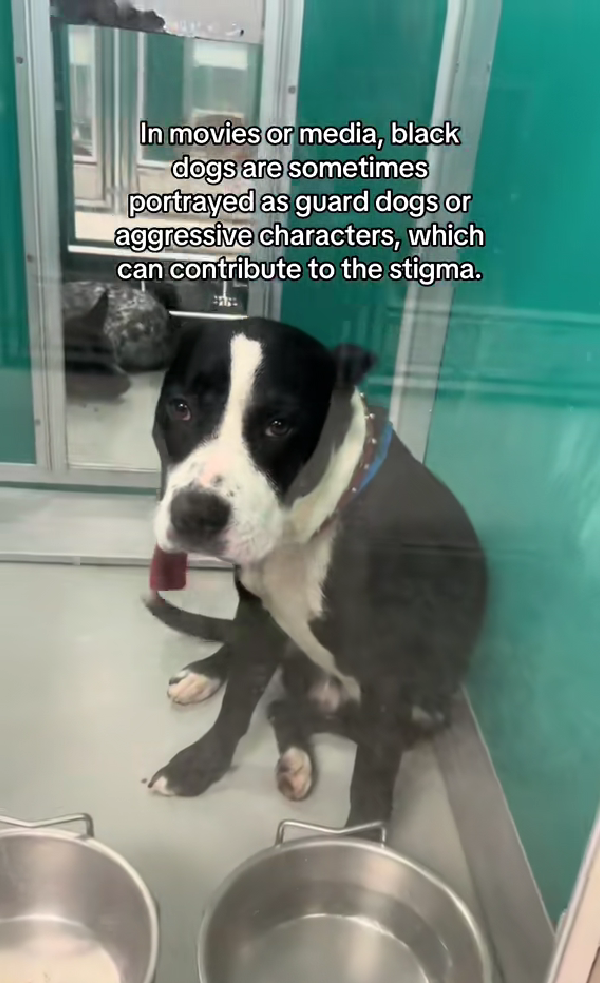
You might be wondering if black dog syndrome is a myth or is it real. Then, let’s take a look at some of the black dog syndrome statistics.
According to a 2011 study conducted by the ASPCA, which surveyed five animal shelters across the United States, approximately 27% of dog adopters prioritized physical appearance as the primary factor when selecting a dog to adopt. Additionally, research conducted in 2002, published in the Journal of Applied Animal Welfare Science, revealed that animals with black coats faced reduced adoption rates, a phenomenon observed in both felines and canines.

However, some people working in animal shelters assert that coat colors affecting adoption rates is simply a myth. But an NPR article suggests otherwise in which shelter workers reported that black dogs and cats have a hard time getting adopted.
Hence, there is no unanimous opinion or conclusive evidence proving that black dog syndrome is real or a myth in today’s times.
Even so, the phenomenon of black dog syndrome is quite popular and animal advocates even celebrate February as the Black Dog and Black Cat Syndrome Awareness Month, whereas October 1 is celebrated as Black Dog Day.
Dr. Nancy Turner, a veterinarian, believes that the impact of black dog syndrome is concerning and as individuals, we should do what we can to help black dogs get adopted. She advises, “Adopting a black dog is a surefire way for you to help black dogs find forever homes.”
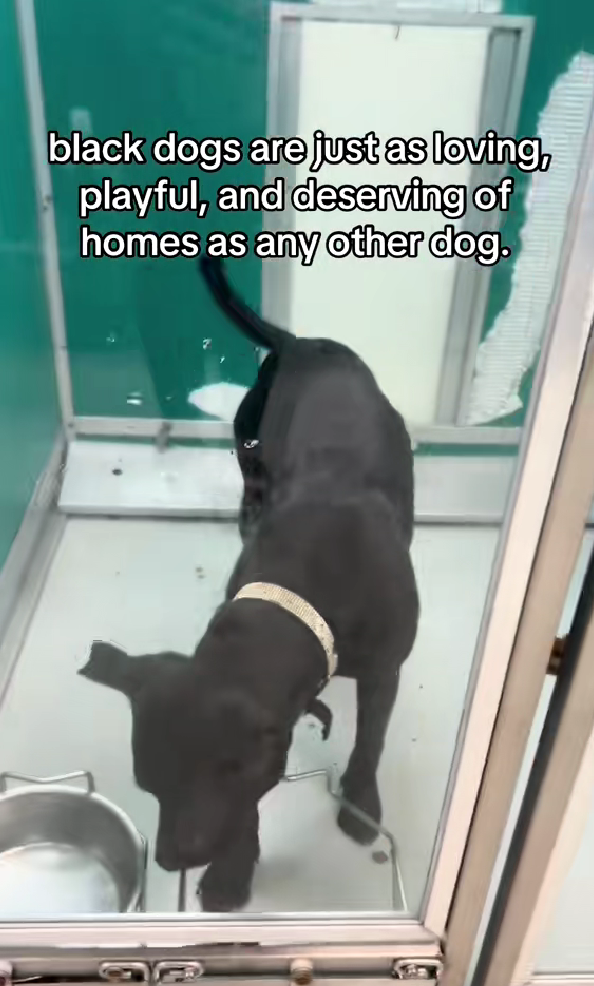
Another way to make a difference is by sparking conversations with your friends, family, and community members. Encourage them to adopt black pets, and showcase adoptable pets on your social media channels to give them a visibility boost. You can also volunteer at animal shelters or donate to shelters and rescues to save the lives of black dogs.
Also Read:The Eyes That Spoke Volumes: The Silent Plea of a Black Shelter Dog



